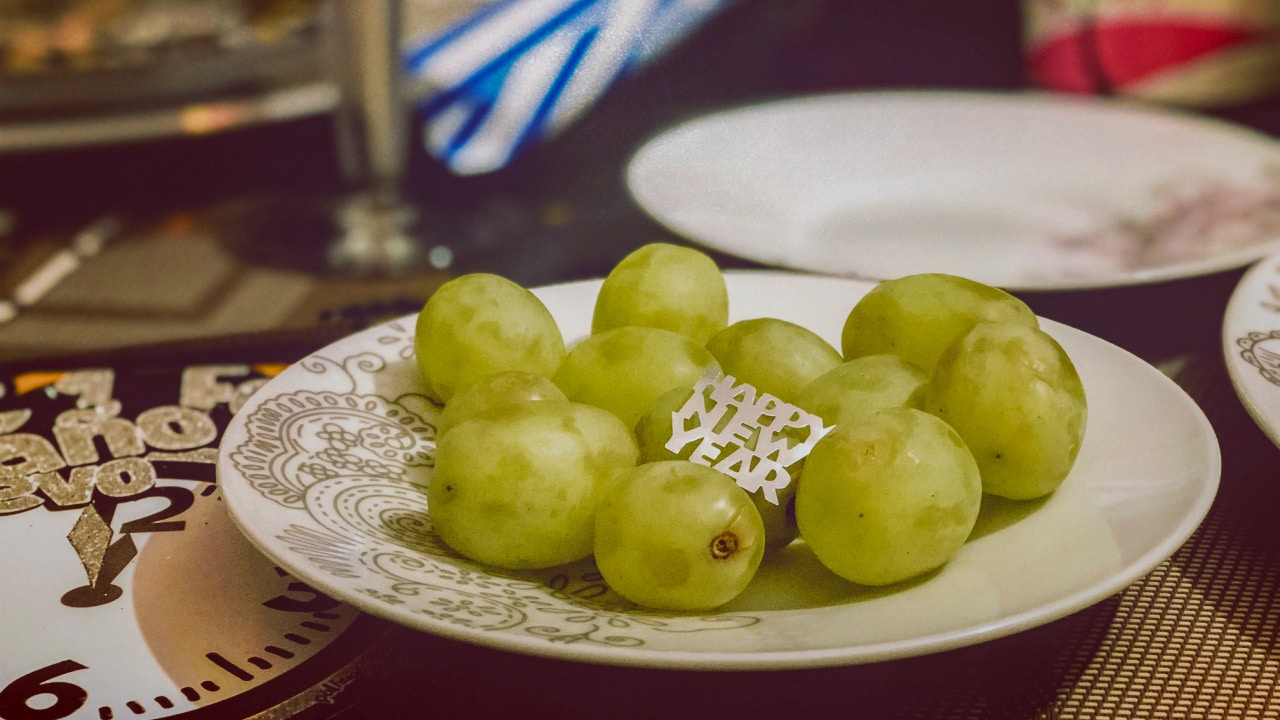9 Día De Los Reyes Magos Traditions You Might Not Have Heard Of
El Día de los Reyes Magos is a holiday you might already be familiar with. It’s a celebration we love throughout Latinoamérica as the quintessential tradición navideña that our papás and abuelitos taught many of us. Sure, Santa Clo’ and all the other kinds of U.S.-centric Christmas traditions. Think stocking stuffers, Rudolph the Red-Nosed Reindeer, presents under the tree, and leaving milk and cookies out. Those will always have their steady place in our hearts. Still, there’s something about Los Reyes Magos that makes the January 6 celebrations feel distinctly ours.
Far from the mass consumerism that tends to haunt modern-day Christmas, El Día de los Reyes Magos, or Three Kings Day, focuses on the holiday’s biblical meaning.
Otherwise known as Epiphany, El Día de los Reyes Magos celebrates the day the three wise men visited the nativity of baby Jesus. They embarked on a journey, traveling far and wide from the East to Bethlehem. Under the names of Balthazar, Melchior, and Gaspar, the three wise men, or magi, are sometimes known as kings. But they were not royalty. In fact, they might have been astrologers or advisors to monarchs, communicating with King Herod of Judea. While Balthazar was from Arabia, Melchior from Persia, and Gaspar from India, the three men followed the Star of Bethlehem. It guided them until they reached Mary, Joseph, and the newborn Jesus. They came bearing gifts, too. Gold to symbolize Jesus as “King of the Jews,” myrrh to represent his humanity and foreshadow his early death, and frankincense to depict his divine status.
Santa Claus rose to prominence in the United States in the 1800s. Spain followed suit around the same time, combining the Reyes Magos tradition with presents. Today, many Latinos keep the tradition alive. We exchange presents on el Día de los Reyes Magos instead of Nochebuena or Christmas Day. Many of us choose a mix of both. And it’s not just presents.
Here are the top 9 Reyes Magos traditions that are all things nostalgic and navideño to us.
1. Rosca de Reyes (and some chocolate caliente)
A Reyes Magos tradition that’s a mainstay in Spain, Mexico, and several other countries in Latinoamérica. We have to say it’s especially delicious. Usually served with a creamy, piping-hot mug of chocolate caliente, the rosca or roscón de reyes symbolizes the kings’ crowns with its circular shape. This bread-like cake is dotted with jelly candies and dried fruit, representing jewels. Some families split La Rosca lengthwise and sandwich it with whipped cream. Little white toys representing baby Jesus are traditionally baked into the cake. If you find one in your slice, you have to host a tamales party on February 2, el Día de la Candelaria. So yes, clearly, Los Reyes Magos is a holiday all about comida muy, muy rica.
2. Leaving grass or hay in a shoebox to feed the camels
Another Reyes tradition that kids (and adults!) absolutely love is leaving a shoebox out with mounds of grass or hay the night before. Almost like our answer to leaving milk and cookies out for Santa and his reindeer. We leave grass in a box to feed the three kings’ camels. This costumbre is followed in Puerto Rico, Argentina, Uruguay, and Paraguay. And makes for a great night adventure into your backyard.
3. Celebrating with a parade
Several countries in Latinoamérica commemorate Día de los Reyes Magos with grandiose parades. While Spanish tradition usually holds parades the night before the holiday to welcome the wise men into town, these processions may occur on either day. Whether in Mexico, Nicaragua, or here in the U.S. in cities with high Latino populations like New York or Miami, these parades feature the arrival of los tres reyes, floats, puppets, dancing, and música navideña like “Los Peces en el Río.”
4. Leaving a shoe for the Three Kings to stick presents in
Remember the presents? Santa Claus isn’t the only Christmas figure that can bring you candy, clothes, and even cash. Los tres reyes can do the same. While some country-specific traditions simply dictate that the presents should be left somewhere, such as the front entrance or even by your arbolito de navidad (in the words of Old El Paso, “porque no los dos?”). Others leave shoes for the wise men to put the presents inside. This custom is perfect for tiny trinkets like candy, keychains, or even jewelry.
5. Going to church with your nativity
Another tradition that’s deeply rooted in Christian biblical teachings, people all over Latin America attend church on el Día de los Reyes Magos to celebrate the famous nativity encuentro. In Bolivia, many choose to take their small mangers to their local church to pay their respects, while other parts of Latinoamérica are all about inviting the three kings to church instead, making the experience truly interactive.
6. Receiving three gifts to represent the reyes’ gold, incense, and myrrh
While those who celebrate this holiday can pick and choose how they prefer to do so, tradition dictates that children should receive exactly three presents to symbolize the tres reyes, and the three gifts they gave baby Jesus. Representing the gold, incense, and myrrh they carried to the nativity, the three gifts pay tribute to classic teachings. Plus, it’s better than one!
7. The camels need some water, too
Another costumbre to keep in mind when celebrating Reyes is that camels definitely need grass, but eating pasture is seriously thirsty business. People in Puerto Rico and several other Latin American countries leave glasses of water out with their hay-filled shoeboxes, hoping the camels will gain the strength to continue their journey (and leave you a few gifts, too).
8. Celebrating Víspera de Reyes, or Three Kings Eve
While January 6 is the date most people think of when analyzing Reyes Magos traditions, the night before is just as important. All about making the three wise men’s travels a bit more comfortable, adults and children are encouraged to leave candy and handmade gifts for the kings, plus the aforementioned grass and water for the camels. That night, many families attend church, act out the nativity scene, and may even celebrate Navidad-style with pork, croquetas, rompope, or any other Christmas-style fare. After that, it’s time for sleep — and waiting for all the presents the following morning!
9. And so it continues: all about Día de la Candelaria
Día de la Candelaria stems from el Día de los Reyes Magos, specifically from the rosca celebration. Whoever gets the baby Jesus figurine in their slice of rosca has to invite the entire party to their house for tamales on February 2, or el Día de la Candelaria. Big roscones include several dolls so that a few tamales parties occur all at once, all in the name of celebrating the first day Jesus was taken to church. Many hosts serve hot chocolate or champurrado with the tamales, or even the corn-based atole, too.
This article was originally published on December 21, 2021.




